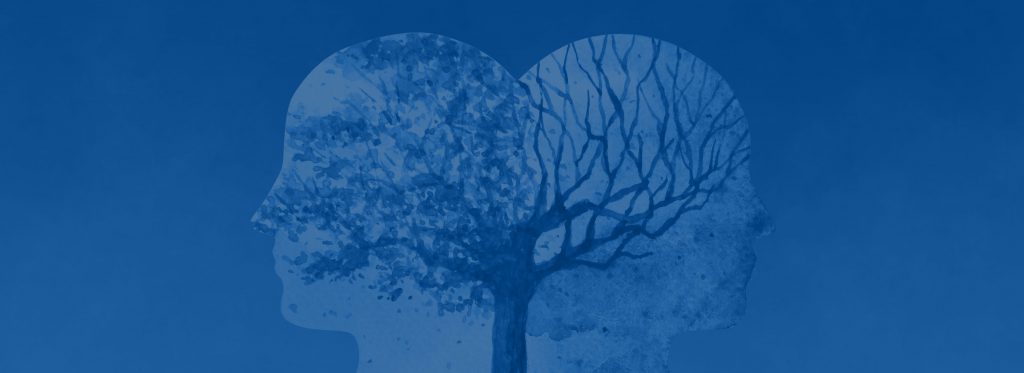About Bipolar Disorder
Bipolar disorder is a serious mental health condition with dramatic and often unpredictable shifts in mood, energy, activity, and cognition.

Previously referred to as manic depressive disorder, bipolar disorder affects nearly 40 million people worldwide. Bipolar disorder is characterized by disruptive recurrences of mania and depression which can vary by severity, frequency, and duration from person to person.
Several conditions such as cardiovascular disease, obesity, asthma, anxiety, migraine, and addiction, co-occur at higher rates in individuals with bipolar disorder. This suggests a link between the biology of bipolar disorder and these other illnesses. These comorbidities, as well as mood episodes, can worsen if untreated.
Types of
Bipolar Disorder
There are two general categories of bipolar disorder: bipolar disorder type I and bipolar disorder type II.
Some individuals living with bipolar disorder experience a wide range of symptoms that may not align with those typically associated with bipolar I or bipolar II.
Individuals with bipolar I have experienced at least one manic episode that impairs functioning lasting at least one week, and typically experience major depressive episodes lasting two weeks or longer.
Individuals with bipolar II experience major depression episodes and hypomania (a less intense manic episode), which does not impair functioning, that lasts four or more days.
Research and Treatment
Roughly 3% of the global population lives with bipolar disorder. The absence of effective treatment can lead to loss of employment, strained relationships, the feeling of powerlessness over one’s daily routines and behavior, or in extreme cases, suicide.
Delayed diagnosis and treatment are common. Additionally, 70% of individuals with bipolar disorder are misdiagnosed at least once. This leads to worse long-term health outcomes. On average, the time from symptom onset to correct diagnosis and treatment is seven years.
Economic Burden and Lack of Funding
Despite its prevalence and profound personal, social, and economic impacts, funding for bipolar disorder research remains low.

According to the U.S. Federal RePORTER database, federal funding from the National Institute of Mental Health (NIMH) for bipolar disorder research is lower than funding for other mental health conditions such as schizophrenia and major depressive disorder, which were funded at $4 billion and $1.6 billion, respectively, during 2010-2019. Bipolar disorder was funded at $1.39 billion.

More than 75% of National Institutes of Health (NIH) funding for bipolar disorder is not specific to the disorder. Instead, it is part of studies that include other psychiatric conditions, such as schizophrenia or major depressive disorder.
